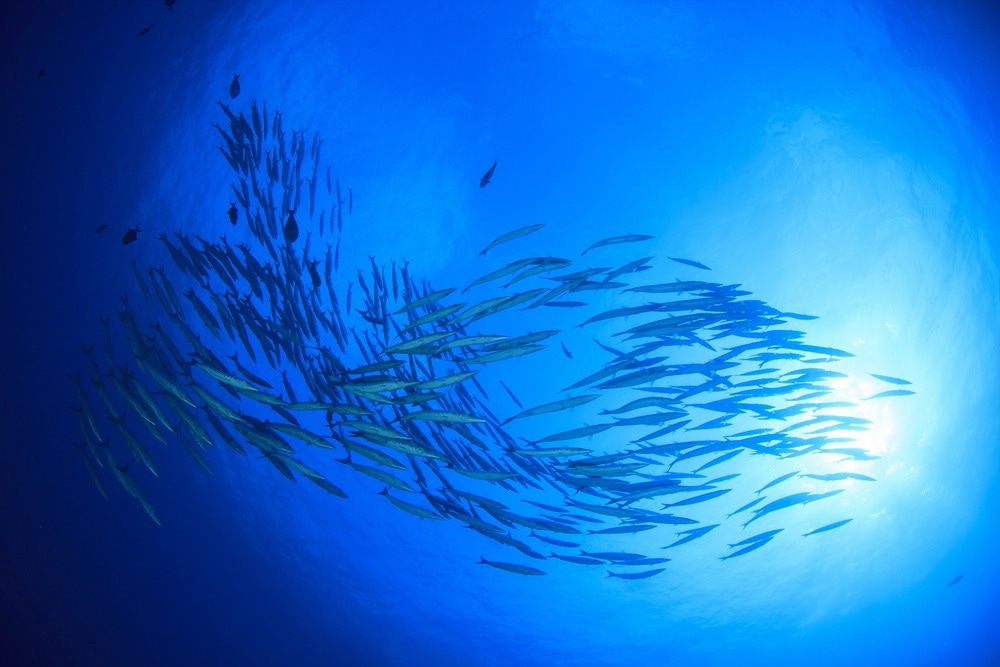The Arctic Ocean is changing rapidly as a result of global warming. It has complex water masses with distinct hydrographic features as well as zooplankton communities.

Image Credit: Rich Carey/Shutterstock.com
Planktonic ciliates are a kind of microzooplankton. They are marine single-celled protozoa that can function as bioindicators of diverse oceanographic conditions. Planktonic ciliates are made up of aloricate ciliates and tintinnids; the latter serves as a bioindicator for different water masses.
Dr. Chaofeng Wang of Prof. Wuchang Zhang’s group at the Institute of Oceanology of the Chinese Academy of Sciences (IOCAS) and his associates examined the full-depth vertical distribution of planktonic ciliates in the Arctic Ocean and developed a novel bio-index for identifying tintinnid habitat suitability.
The research was published on February 18th, 2023, in the Marine Environmental Research journal.
The researchers discovered that the structure of planktonic ciliate communities varied significantly across water masses. They used a novel bio-index to classify the habitat suitability of tintinnid abundant species.
Pacific-origin tintinnid invaded in the Canada Basin, revealing a rapid borealization progress of Arctic microzooplankton.
Dr. Chaofeng Wang, Institute of Oceanology, Chinese Academy of Sciences
Researchers also discovered five distinct water masses in the Arctic Basin, each with its own tintinnid community structure.
When compared to tintinnids, aloricate ciliates played a more important role in the pelagic marine ecosystem, with an average abundance proportion to total ciliates of more than 95%. Furthermore, in shallow and deep waters, its large (>30 μm) and small (10–20 μm) size-fractions were dominant.
They hypothesized that borealization progressed more quickly in the Arctic Ocean due to the presence of the dominant Pacific-origin species Salpingella sp.1 in the Pacific Summer Water and three new record tintinnid species discovered during this survey.
The habitat suitability of tintinnid abundant species was characterized by the Bio-index, which revealed a distinct death-zone for each species.
Dr. Chaofeng Wang, Institute of Oceanology, Chinese Academy of Sciences
In comparison to earlier research, the increase in Pacific Summer Water thickness and the average temperature may be the cause of more ciliates with small body sizes invading the Arctic Ocean.
Additionally, through comparing variations in survival habitat of abundant tintinnids, we can monitor and indicate the future Arctic climate change.
Dr. Chaofeng Wang, Institute of Oceanology, Chinese Academy of Sciences
Journal Reference
Wang, C., et al. (2023) Full-depth vertical distribution of planktonic ciliates (Ciliophora) and a novel bio-index for indicating habitat suitability of tintinnid in the Arctic Ocean. Marine Environmental Research. doi.org/10.1016/j.marenvres.2023.105924.